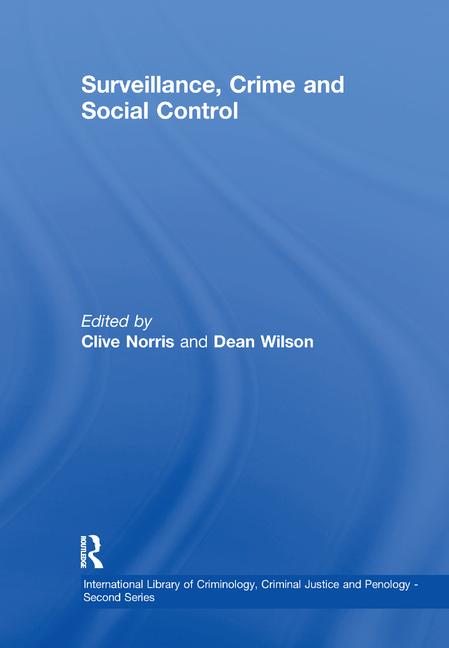Rand Report Recommends Strengthening Non-Law Enforcement Terrorism Prevention Programs

National capabilities for terrorism prevention — options other than traditional law-enforcement action to respond to the risk of individual radicalization to violence — are relatively limited, with most relying on local or non-government efforts and only a subset receiving federal support, according to a report from the Homeland Security Operational Analysis Center (HSOAC), a federally funded research and development center operated by the RAND Corporation for the Department of Homeland Security.
To address the gaps in capability, the most effective path for the federal government would be to strengthen, broaden and sustain this local and non-governmental capacity, researchers found. But such efforts will be hampered because past counterterrorism and countering-violent-extremism (CVE) efforts have significantly damaged trust in some communities. New terrorism prevention initiatives will need to respond to concerns that those efforts infringed on constitutionally protected activities of individuals who had not broken any laws. To be effective, approaches must be acceptable to the communities they are intended to protect.
The report examines past CVE efforts, evaluates DHS and interagency efforts to respond to ideological radicalization to violence, and recommends strengthening programs focused on non-law enforcement means to address the threat of terrorism.
The United States began to focus on radicalization and mobilization to violence shortly after the September 11, 2001 attacks, but significant U.S. focus on such program activity increased after the attack at Fort Hood in 2009 and the attempted bombing in Times Square in 2010.
"Terrorism prevention policies and programs aim to reduce the risk of terrorism in ways other than investigating and locking people up," said Brian Jackson, lead author on the report and a senior physical scientist at nonprofit, nonpartisan RAND. "The tools for doing so span the entire lifecycle of terrorism — from preventing recruitment by terrorist groups in the first place, to limiting the influence of terrorist messaging, to intervening with individuals who are at risk of taking violent action, to supporting programs that lower the chance that people who are incarcerated commit terrorist-related crimes again."
There have been some successes in community education and public-private partnerships, such as the Peer to Peer (P2P) program, which funded university students to create media campaigns to counter extremist narratives. This program was repeatedly cited by interviewees as a success story in government cooperation with NGOs. Many interviewees viewed the recent defunding of P2P's domestically focused component as a significant missed opportunity.
Some areas of the country have built capacity locally where law enforcement, other government agencies, non-government organizations and community groups collaborate to intervene with individuals at risk of committing violence before they break the law. Such initiatives provide examples of programs that protect the rights and privacy of citizens while providing a way to respond early when individuals appear to pose a threat to themselves and the public.
The researchers synthesized information from published literature, international case studies and documentary material provided by DHS and others. They also drew insights from interviews with relevant researchers, current and former federal personnel, members of technology firms and NGOs, and practitioners at the state and local level in government, academia and non-governmental sectors.
Other authors of the report, "Practical Terrorism Prevention: Reexamining U.S. National Approaches to Addressing the Threat of Ideologically Motivated Violence," are Ashley L. Rhoades, Jordan Reimer, Natasha Lander, Katherine Costello and Sina Marie Beaghley.
Looking for a reprint of this article?
From high-res PDFs to custom plaques, order your copy today!






